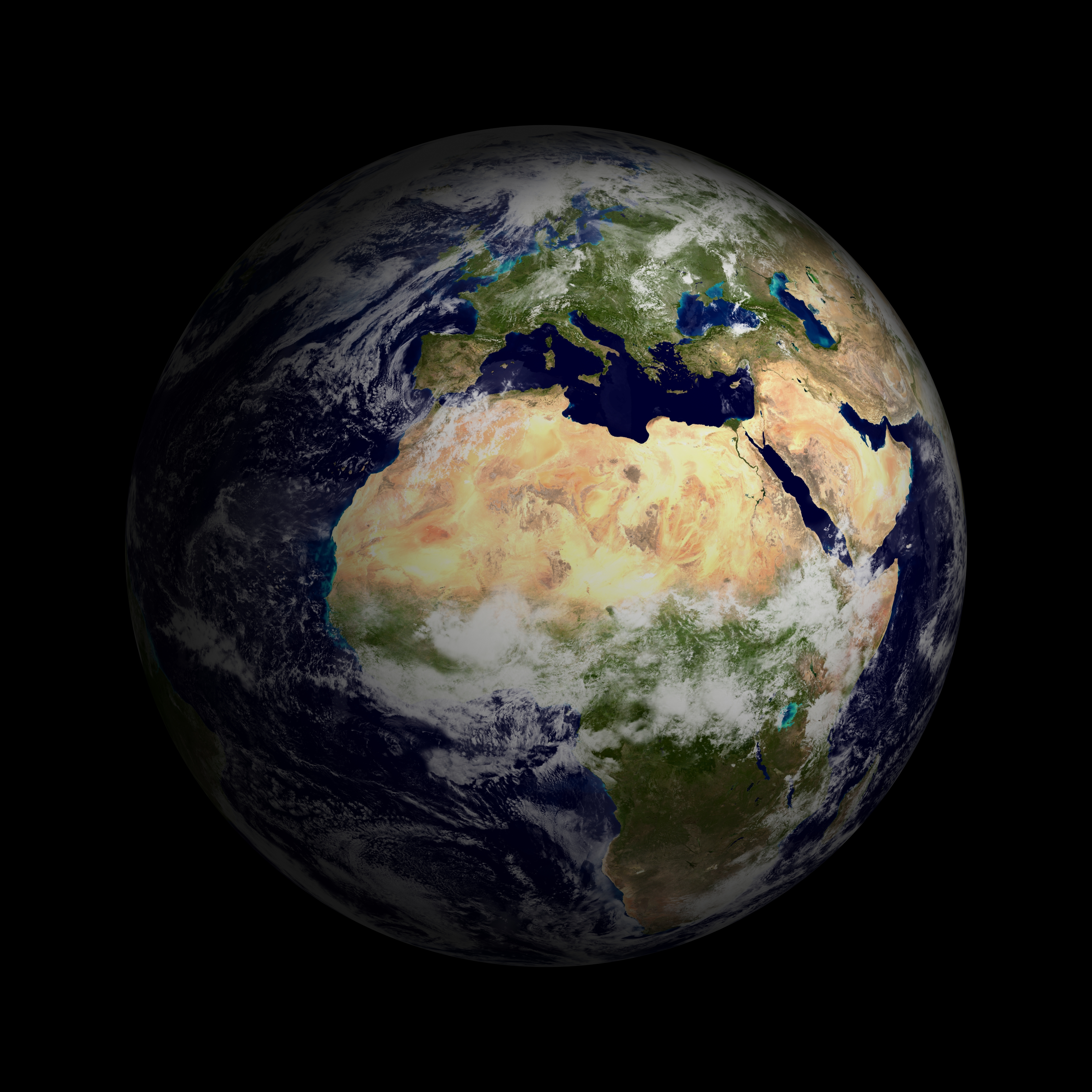

The data was acquired over nine days in April 2012 and thirteen days in October 2012. This new space-based view of Earth's city lights is a composite assembled from data acquired by the Suomi National Polar-orbiting Partnership (Suomi NPP) satellite. A rotating globe rendered from the blackmarble 2016 image. Scientists at NASA are working to automate nighttime VIIRS data processing so that data users are able to view nighttime imagery within hours of acquisition, which could lead to other potential uses by research, meteorological, and civic groups.

Some applications include: forecasting a city’s energy use and carbon emissions eradicating energy poverty and fostering sustainable energy development providing immediate information when disasters strike and monitoring the effects of conflict and population displacement. Scientists use the Suomi NPP night-lights dataset in many ways. Each pixel shows roughly 0.46 miles (742 meters) across. Produced every decade or so, such maps have spawned hundreds of pop-culture uses and dozens of economic, social science, and environmental research projects.This image of Earth at night in 2016 was created with data from the Suomi National Polar-orbiting Partnership (NPP) satellite launched in October 2011 by NASA, the National Oceanic and Atmospheric Administration, and the U.S. They have provided a broad, beautiful picture, showing how humans have shaped the planet and lit up the darkness. Satellite images of Earth at night-often referred to as "night lights"-have been a gee-whiz curiosity for the public and a tool for fundamental research for nearly 25 years.


 0 kommentar(er)
0 kommentar(er)
